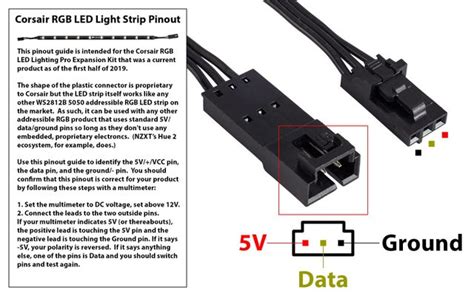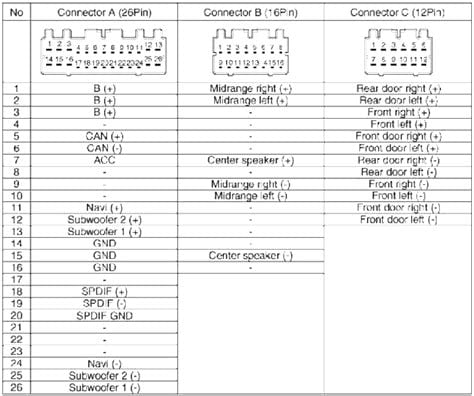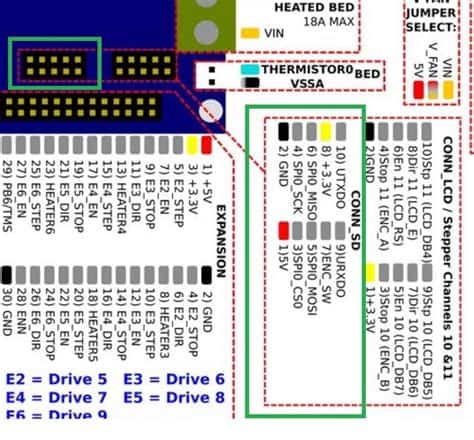Introduction to the 7812 Voltage Regulator
The 7812 is a widely used positive voltage regulator that provides a fixed +12V output. It is part of the 78xx series of fixed linear voltage regulator ICs. The 7812 is designed to automatically maintain a constant voltage level, making it ideal for a variety of applications that require a stable +12V power supply.
Key Features of the 7812
- Fixed +12V output voltage
- Output current up to 1.5A
- Thermal overload protection
- Short circuit protection
- Safe operating area protection
7812 Pinout Configuration
The 7812 voltage regulator comes in various package types, including TO-220, TO-3, and SOT-223. In this guide, we will focus on the most common package, the TO-220. The TO-220 package has three pins: Input (IN), Ground (GND), and Output (OUT).
| Pin Number | Pin Name | Description |
|---|---|---|
| 1 | Input | Connect to the positive unregulated DC voltage source |
| 2 | Ground | Connect to the common ground of the circuit |
| 3 | Output | Provides the regulated +12V output voltage |
TO-220 Package Pinout Diagram
+---------+
| 1 2 |
| |
| 3 |
+---------+

Typical Application Circuit
To use the 7812 voltage regulator effectively, it is essential to understand its typical application circuit. The basic circuit consists of the 7812, input and output capacitors, and a load.
Components Required
- 7812 voltage regulator (TO-220 package)
- Input capacitor (0.33µF to 0.1µF)
- Output capacitor (0.1µF to 1µF)
- Load (e.g., LED, motor, or other electronic components)
Circuit Diagram
+--------+
| |
| 7812 |
+-----+ | | +-----+
+--o-| C1 |--o--| IN OUT |--o--| C2 |--o--+
+-----+ | | +-----+ |
| GND | |
+---+----+ |
| |
| |
+------o---------------+
|
|
|
+-+--+
| |
| RL |
| |
+----+
Circuit Explanation
-
The unregulated DC input voltage is connected to the input pin of the 7812 through the input capacitor C1. The capacitor helps to filter out any AC noise present in the input voltage.
-
The ground pin of the 7812 is connected to the common ground of the circuit.
-
The regulated +12V output voltage is available at the output pin of the 7812. The output capacitor C2 is connected between the output pin and ground to improve the transient response and stability of the regulator.
-
The load (RL) is connected between the output pin and ground. It can be any electronic component or circuit that requires a stable +12V power supply.

Calculating the Required Input Voltage
To ensure proper operation of the 7812 voltage regulator, the input voltage should be sufficiently higher than the desired output voltage. The minimum input voltage can be calculated using the following formula:
VIN(min) = VOUT + VDropout
Where:
– VIN(min) is the minimum required input voltage
– VOUT is the desired output voltage (12V for the 7812)
– VDropout is the dropout voltage of the regulator (typically 2V for the 7812)
For example, if we want to use the 7812 to obtain a +12V output, the minimum input voltage would be:
VIN(min) = 12V + 2V = 14V
It is recommended to provide an input voltage slightly higher than the minimum to account for any voltage fluctuations or load variations.

Selecting the Input and Output Capacitors
The input and output capacitors play a crucial role in the stability and performance of the 7812 voltage regulator. Here are some guidelines for selecting the appropriate capacitors:
Input Capacitor
- The input capacitor should be placed as close to the input pin of the 7812 as possible.
- A capacitor value of 0.33µF to 0.1µF is typically recommended.
- Use a capacitor with a voltage rating higher than the maximum input voltage.
Output Capacitor
- The output capacitor should be placed as close to the output pin of the 7812 as possible.
- A capacitor value of 0.1µF to 1µF is typically recommended.
- Use a capacitor with a voltage rating higher than the output voltage (12V).
- For improved transient response and stability, a larger capacitor value (e.g., 10µF) can be used.
Thermal Considerations
The 7812 voltage regulator can generate a significant amount of heat, especially when operating at high output currents. To ensure proper heat dissipation and prevent thermal damage, consider the following:
Heat Sink Selection
- Use a suitable heat sink to dissipate the heat generated by the 7812.
- The heat sink should have a sufficient thermal resistance to keep the junction temperature of the regulator within the safe operating range.
- The thermal resistance of the heat sink can be calculated based on the power dissipation and the maximum allowable junction temperature.
Mounting the 7812 on a Heat Sink
- When mounting the 7812 on a heat sink, ensure proper thermal contact between the regulator and the heat sink.
- Use thermal compound or a thermal pad between the 7812 and the heat sink to improve heat transfer.
- Securely fasten the 7812 to the heat sink using a screw or clip.
Protection Features
The 7812 voltage regulator incorporates several protection features to ensure safe and reliable operation:
Thermal Overload Protection
- The 7812 has a built-in thermal shutdown feature that protects the regulator from overheating.
- If the junction temperature exceeds the safe limit (typically 150°C), the regulator will automatically shut down to prevent damage.
- Once the temperature falls below the safe limit, the regulator will automatically restart.
Short Circuit Protection
- The 7812 has a built-in short circuit protection mechanism.
- If the output is accidentally shorted to ground, the regulator will limit the output current to prevent damage to the regulator and the connected load.
Safe Operating Area Protection
- The 7812 includes a safe operating area (SOA) protection feature.
- The SOA protection ensures that the regulator operates within its specified current and voltage limits.
- If the output current or voltage exceeds the SOA limits, the regulator will limit the output to protect itself from damage.
Frequently Asked Questions (FAQ)
-
Q: Can I use the 7812 to obtain a different output voltage?
A: No, the 7812 is a fixed voltage regulator designed to provide a +12V output. If you require a different output voltage, you can consider using other voltage regulators in the 78xx series (e.g., 7805 for +5V, 7809 for +9V) or an adjustable voltage regulator like the LM317. -
Q: What is the maximum output current of the 7812?
A: The maximum output current of the 7812 depends on the package type and the thermal management. For the TO-220 package, the typical maximum output current is 1.5A. However, the actual output current may be limited by the power dissipation and the thermal conditions. -
Q: Can I use the 7812 with a negative input voltage?
A: No, the 7812 is designed to work with positive input voltages only. If you require a negative voltage regulator, you can consider using the 79xx series (e.g., 7912 for -12V). -
Q: What happens if the input voltage is too low?
A: If the input voltage is below the minimum required voltage (VIN(min)), the 7812 will not be able to maintain the regulated output voltage. The output voltage will drop, and the regulator may not function properly. -
Q: Can I connect multiple 7812 regulators in parallel to increase the output current?
A: While it is possible to connect multiple 7812 regulators in parallel to increase the output current, it is not recommended. Paralleling voltage regulators can lead to uneven current sharing and potential stability issues. If you require higher output current, consider using a regulator with a higher current rating or a different Power supply design.
Conclusion
The 7812 voltage regulator is a reliable and widely used solution for providing a stable +12V power supply in various electronic applications. By understanding its pinout configuration, typical application circuit, and key considerations such as input voltage, Capacitor Selection, thermal management, and protection features, you can effectively utilize the 7812 in your projects.
Remember to follow the guidelines mentioned in this article, such as proper capacitor placement, heat sink selection, and adherence to the safe operating area. If you have any further questions or need assistance with your specific application, consult the 7812 datasheet or seek guidance from experienced electronics professionals.

No responses yet